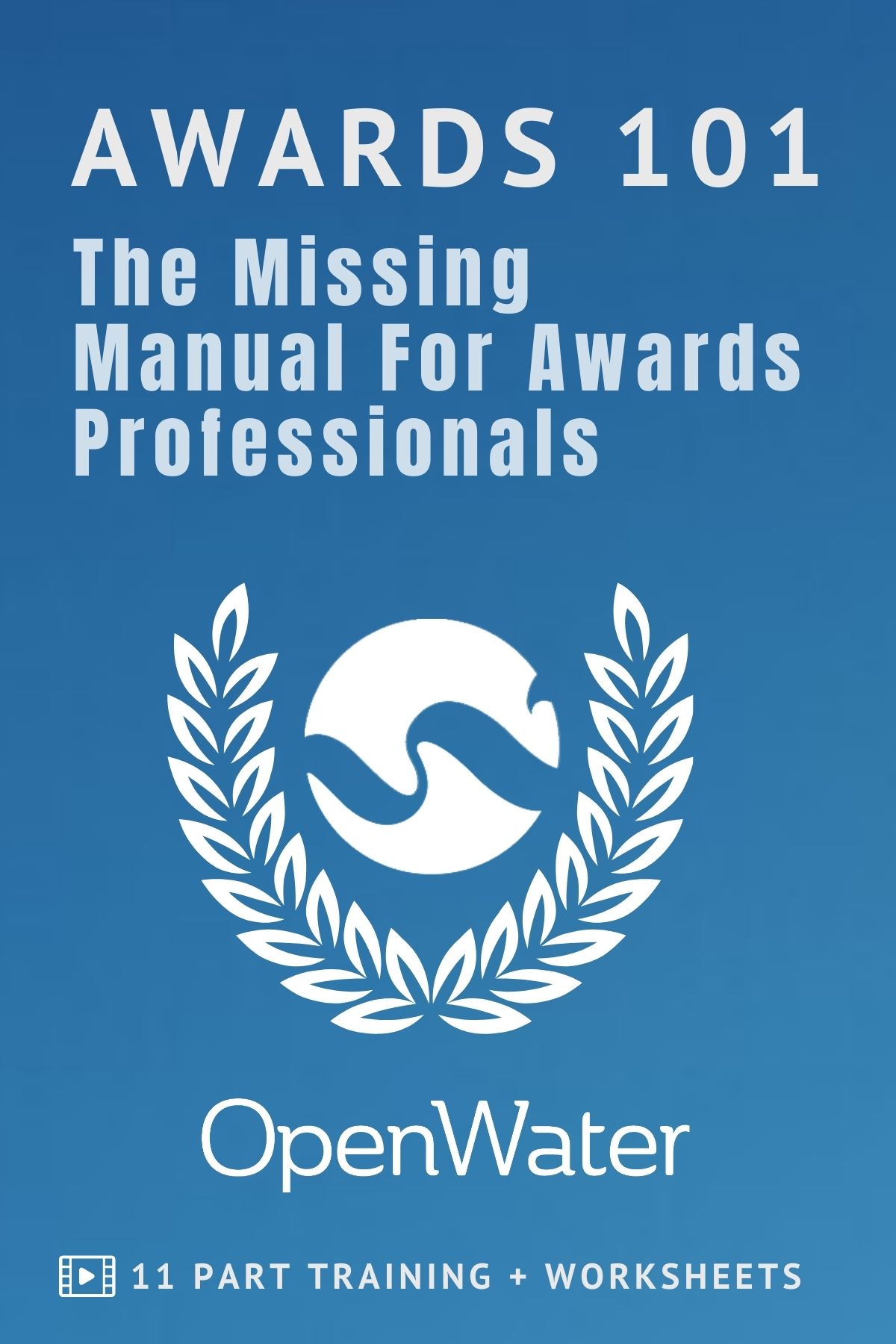
Avoiding Confusion in Your Call for Entry
Awards programs have been going on for countless years, long before the Internet was around to make things simpler and more streamlined than they otherwise would be. And for many awards programs with quite a few years under their belt, this can mean problematic habits that are dying hard, to say the least.
Of course, this can lead to confusion for entrants. But, even the newest awards programs can have serious issues, most of which stem from confusion around both the call for entry (CFE) and other essential components of the program itself. So what’s the key to avoiding this common confusion? Some simple recognition and clarification.
Distinguishing Between the Different Types of Fees
Between trying to get a grasp on what differentiates “late” from “past deadline late” and understanding other standard terms like “Early Bird I” and “Early Bird II,” a lot can get lost in translation. For entrants, adding extraneous, complicated criteria like this can simply muddle the process and deter them from entering your program. Luckily, you don’t have to do this.
Sit back and think about this: what’s your driving purpose behind creating so many different criteria for your fees? Of course, early fees are great because they encourage entrants to submit entries and provide money up front. While there are different classifications of “Early Bird” submissions for some programs, one is truly enough. By operating your fees in this way, you can avoid confusion and keep entrants clear on what your different entry periods mean.
Clearing Up Categorical Confusion
Submitting an entry in the proper category is essential when it comes to being judged properly and for some entrants, this can be quite difficult. Why? Primarily because many awards programs lack clarity between the number of potential categories entrants can choose for their submissions.
As a result, there are many categories that end a program with no submissions at all. While this can be frustrating if you truly believe that all of your categories have a place within your program, you can use it as a learning opportunity. For example, if your program has been running for a few years and you still have certain categories with no submissions, you might want to consider cutting them out. By doing so, you can create clarity and remove extraneous variables and an overwhelming appearance that can discourage submissions or lead to entries ending up in the wrong category.
We’ve all heard the famous phrase to “keep it simple, stupid” and when it comes to your awards program and call for entry, this couldn’t be more useful. Not only will you receive less questions, but you’ll receive more entries as well! Now that’s an invaluable reason why you want to avoid confusion at all costs.
What tactics do you use in your call for entry to help maintain clarity and avoid confusion for your entrants? Share your thoughts in the comments!
Be sure to check out our Call for Entries Toolkit for even more useful information that keeps entrants engaged with your program!
[button id=”” style=”” color=”orange” type=”large” size=”large” href=”http://www.getopenwater.com/subscribe-to-openwater-blog” align=”center” target=”_self”]Like what you’ve read? Click here to subscribe to this blog![/button]


